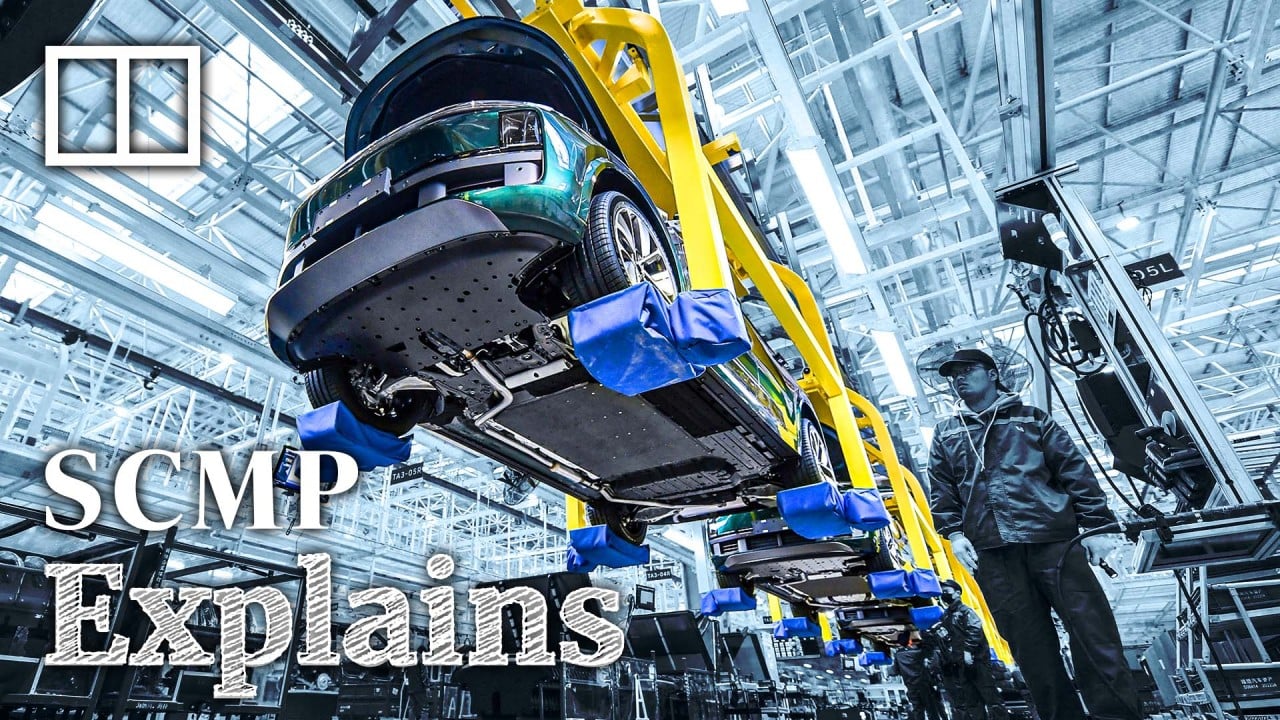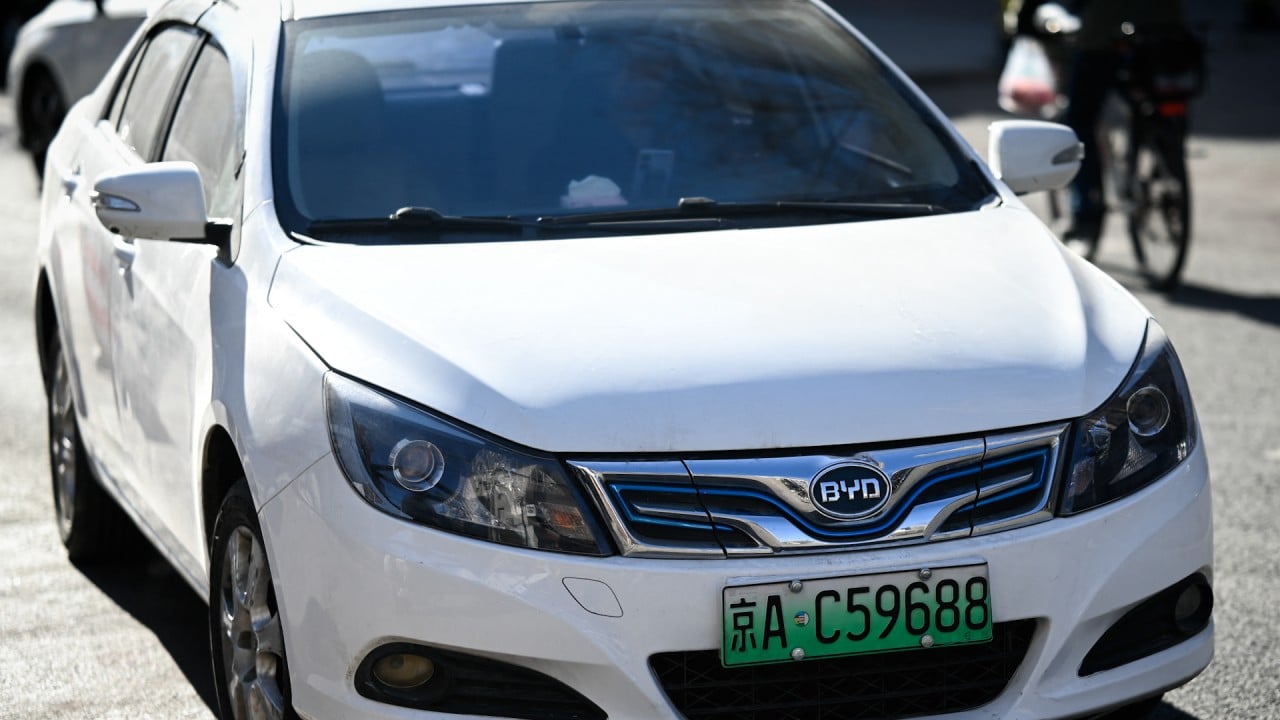
How the US, home of trailblazer Tesla, lost the EV race to China
- While the US is mired in infrastructural challenges and market inertia, China offers a supportive EV ecosystem and a multimodal transport system in which EVs can thrive
While China epitomises strategic synergy, the United States is caught in a conundrum of infrastructural challenges and market inertia. The evolution of China’s EV ecosystem showcases how strategic resources, when aligned with market forces, can catalyse self-reinforcing cycles of growth and advancements.
Years behind in developing its battery supply chains, the US, even with scaled-back EV transition goals, may find itself reliant on Chinese-made EV batteries.
Domestic demand is pivotal to the growth of China’s EV industry. Last year, while 1.2 million EVs were sold in the US, more than 8 million EVs were sold in China. And while EVs represented 37 per cent of car sales in China, they made up less than 8 per cent in the US.
The success of China’s EV ecosystem is also inextricably linked to its transport system. EVs have become integral to China’s multi-modal transport infrastructure. In the US, however, they are mostly seen as a replacement for internal combustion engine vehicles in a country that remains largely dependent on private cars for transport.
But EVs thrive, paradoxically, not in isolation in displacing existing cars, but in concert with other modes of transport. EVs find their most effective application in the predictable rhythms of metropolitan commutes.
The multi-modal transport approach leverages the complementary strengths of each mode: the convenience and nimbleness of EVs, the speed and efficiency of high-speed trains and the accessibility of subways – allowing each to play to its strengths. By such a harmonious blending of a cohesive transport matrix, EVs can realise their full potential as an effective component of an integrated transport network.
While the US served as a launching pad for Tesla’s ascent, the EV maker faces formidable Chinese competition and may increasingly have to depend on US trade policies to stay competitive. But without fixing the fundamental shortcomings in the US ecosystem, such expediency may only breed complacency, which precipitates decline.
Unlike the US, the EU’s green industrial policy is not aimed at China
In the high-stakes race for EV dominance, the decisive factor will be the seamless integration of EVs within comprehensive transport networks. The US, despite its pioneering role in the EV market, faces a significant handicap due to its deep-seated reliance on personal car ownership.
East Asia and Europe, which boast extensive high-speed rail and subway networks, stand at the forefront of the EV revolution. The key to unlocking the full potential of EVs lies in how they are woven into the fabric of our daily commutes within the mosaic of larger transport systems.
Winston Mok, a private investor, was previously a private equity investor




